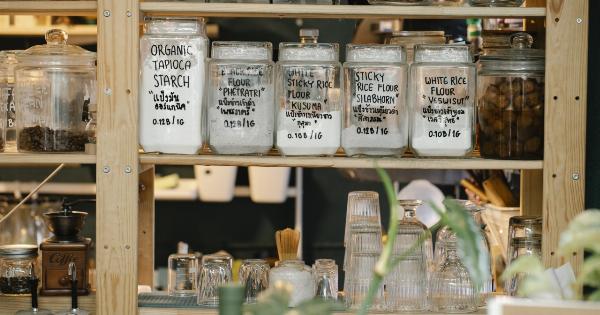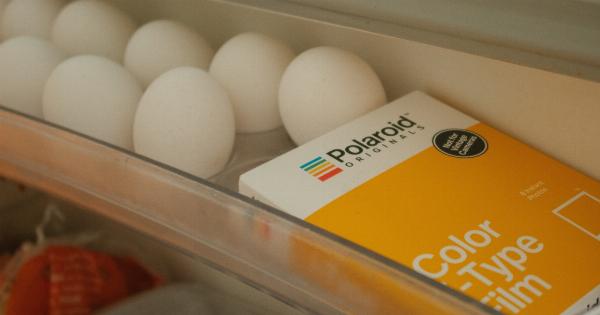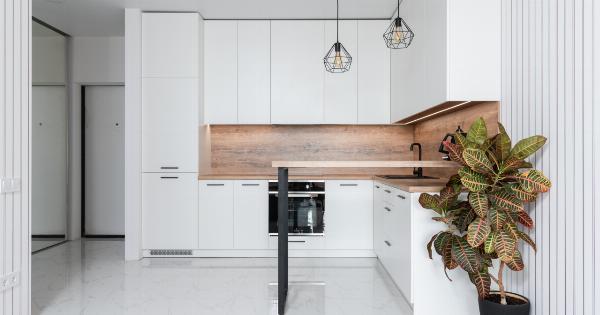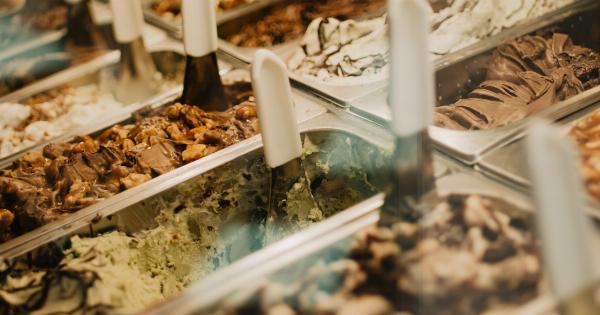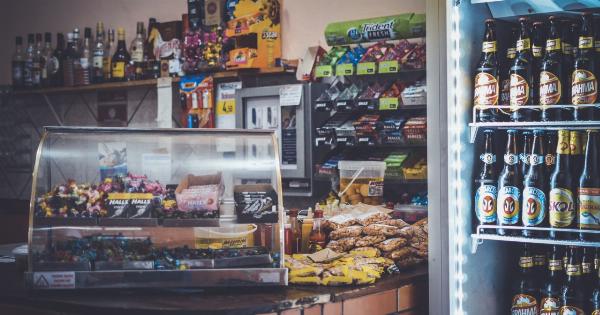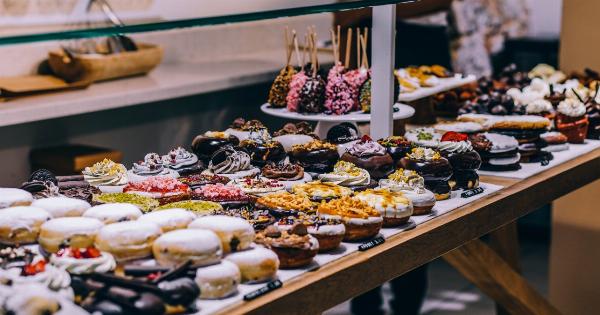Refrigerators have become one of the most important appliances in our homes. They keep our food fresh and prevent it from spoiling.
However, there is always the question of how much food can a refrigerator hold? This question is frequently asked by those who want to buy a new fridge or those who are trying to make the most out of their current one.
The capacity of a refrigerator
The capacity of a refrigerator is measured in liters or cubic feet. It varies from model to model and depends on the size and type of the fridge. A typical refrigerator can hold anywhere between 18 to 32 cubic feet of food.
Categorizing a refrigerator’s capacity
Fridge capacity can be divided into three main categories- small, medium and large. Here is the breakdown:.
Small Refrigerators
Small refrigerators are ideal for people living alone or small families consisting of 1-2 members. They are compact and range between 4 to 12 cubic feet.
Medium-sized Refrigerators
Medium-sized refrigerators are suitable for families of 3-4 members. They have a capacity of 14 to 18 cubic feet.
Large Refrigerators
Large refrigerators are usually over 20 cubic feet and are great for large families or households with several members. They have more space for storage, and some models even come with features like a built-in ice and water dispenser.
Factors to consider when determining how much food a refrigerator can hold
There are various factors that you should keep in mind to help determine how much food your refrigerator can hold.
: The arrangement of shelves inside the fridge
Some models come with adjustable shelves, making it easier to customize the space to fit larger items. Others have built-in compartments like dairy bins that can also be adjusted.
Proper spacing between the shelves is essential to make the most of all available space.
: The size and shape of food
Keep in mind that the size and shape of food can have a significant impact on how much your refrigerator can hold. If you buy in bulk, it’s important to ensure that the items can be stored in the fridge without taking up too much space.
: The type of food you’re storing
Different types of food have varying shelf lives, and some require specific temperatures to remain fresh. Dairy products, for example, should be stored on lower shelves, while fruits and vegetables do well in high humidity compartments.
Raw meat should always be stored on the bottom shelf.
Additional features of the refrigerator
Many modern refrigerators come equipped with various features like water dispensers, ice makers, and smart technology that can impact the storage capacity.
Ensure that you consider these additional features when planning out your refrigerator’s storage.
Filling up your refrigerator correctly
Filling up your refrigerator properly is just as essential as knowing how much food it can hold. Here are some tips to ensure optimal storage capacity:.
: Store food of different sizes separately
Store food that is of different sizes separately so that you can maximize space. Larger items should be placed on the bottom shelf, while smaller items should be placed on the upper shelves.
: Label and organize
Label and organize your food items to reduce clutter and prevent forgotten leftovers from taking up unnecessary space. Clear containers are an excellent option to store food and see what’s inside.
: Use the door and freezer space wisely
Avoid over-filling your door and freezer space, leaving enough room to refrigerate and freeze items effectively.
Conclusion
The amount of food that a refrigerator can hold depends on various factors like size, model, and interior design. It’s essential to keep these factors in mind to ensure optimal storage capacity and maximum usage of your refrigerator.
By following these tips, you can keep your fridge well-organized, and your food fresh and ready to eat.

